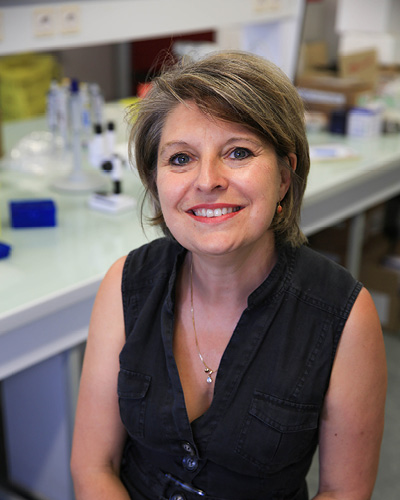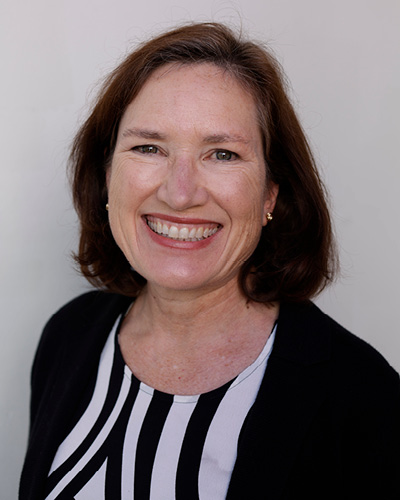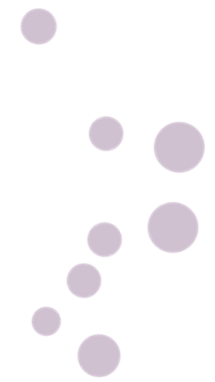Immunology II
Thursday, 28.05.2026, Day 2
Time: 11:00-12:30

Could Cells from Our Mother, Children, and/or Siblings Participate in Immune Reactions Mistakenly Labeled as Autoimmunity?
Nathalie C. Lambert
INSERM UMRs 1097 Arthritides, Microchimerism and Inflammations (ARTHEMIS), Aix Marseille University, Marseille, France
The idea that semi-allogeneic cells resulting from feto-maternal exchanges might play a role in autoimmune diseases was first suggested in 1893, when a German pathologist, Georg Schmorl, discovered fetal placental cells in the lungs of mothers who had died of eclampsia. A century later, in 1996, J. Lee Nelson revisited this hypothesis, asking whether autoimmune diseases might in fact be semi-alloimmune in nature. She sparked interest by demonstrating that the peripheral blood of women with scleroderma more frequently and abundantly contained male cells—presumed to be of fetal origin—than that of age- and pregnancy-matched controls. This phenomenon, known as fetal microchimerism (Mc), became the focus of extensive correlation studies linking Mc levels to various autoimmune conditions.
But does the mere presence of these cells in higher quantities among patients truly establish their causal role in disease? Could other cells arising from placental exchanges participate also ? Do maternal, fetal and sibling microchimeric cells exert pathogenic effects only within specific genetic contexts in families?
In a cohort of patients with rheumatoid arthritis, we have recently identified specific genetic patterns across three generations that may influence the levels of microchimerism. We, along with others, have shown that microchimerism can represent a genetic risk factor for developing the disease in hosts who do not carry a known predisposition. Finally, using a mouse model, we have analyzed the ability of different microchimeric sources to produce autoantibodies and to contribute to pathogenesis. Does this represent a worrying biological phenomenon—or, conversely, an exciting therapeutic opportunity?

Strategies to test the role of microchimerism in autoimmune disease through antigen-specific therapeutic development
Anne M. Stevens, MD, PhD
Executive Medical Director, Century Therapeutics; Adjunct Clinical Professor, Pediatric Rheumatology, Stanford University; Retired Professor, Pediatric Rheumatology, University of Washington; Attending Physician, Pediatric Rheumatology, Renown Regional Medical Center, Reno, NV
Maternal and fetal microchimerism (MMc, FMc) derived during pregnancy have been associated with various aspects of health and disease. In the context of interactive genetic backgrounds, both FMc and MMc have been implicated in the triggering and perpetuation of chronic autoimmune diseases. Functional studies in vitro and in mouse models support a role for loss of allogeneic T cell regulation of fetal-maternal tolerance contributing to chronic inflammation. Novel strategies to target cells with an antigen-specific CAR T cell or bispecific large molecule therapeutics opens up a pathway toward treatment of autoimmunity via depletion of small numbers of pathogenic chimeric cells expressing non-inherited maternal or fetal antigens. Innovative therapeutic development approaches targeting antigen-specific T and B lymphocytes will be discussed with relevance to applying technologies to definitively test roles of MMc and FMc in the pathogenesis of autoimmune disease.

Add Your Heading Text Here
Lorem ipsum dolor sit amet, consectetur adipiscing elit. Ut elit tellus, luctus nec ullamcorper mattis, pulvinar dapibus leo.

Add Your Heading Text Here
Lorem ipsum dolor sit amet, consectetur adipiscing elit. Ut elit tellus, luctus nec ullamcorper mattis, pulvinar dapibus leo.
